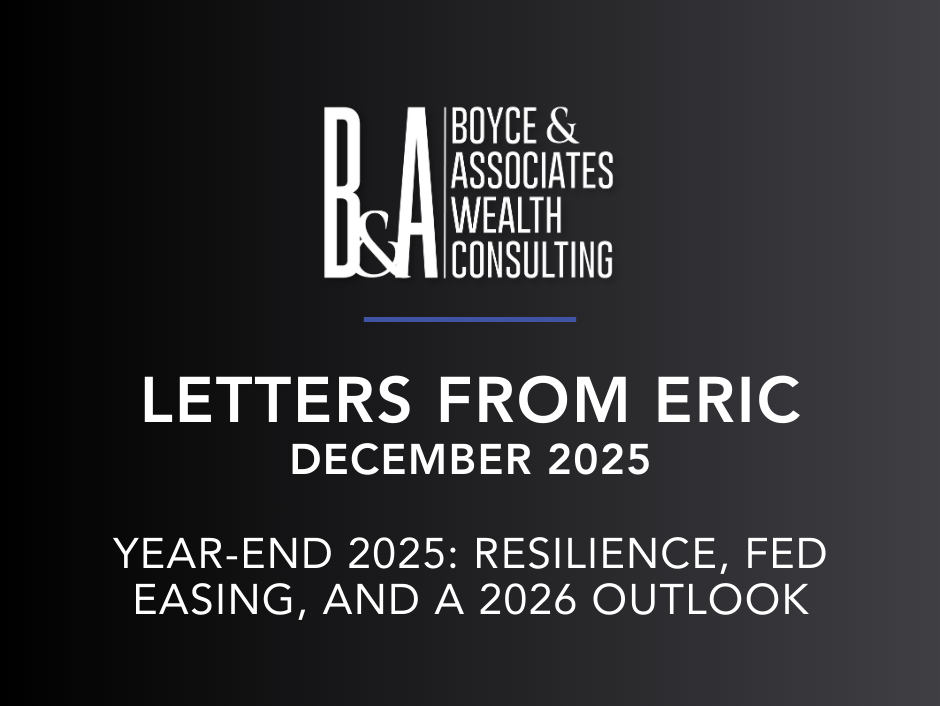Financial Planning for Women Needs to Address Four Different Factors From Men’s Planning

As a financial advisor, I’ve learned over the years that women have different financial planning needs compared to men. The most notable factors include a longer life expectancy, gender pay gap, career interruptions due to caregiving responsibilities, and differences in investment behavior. Recognizing and addressing these differences is crucial for financial advisors and individuals alike to develop personalized financial plans that meet women's specific needs and goals. If not addressed, women will continue to experience financial and emotional vulnerability later in life.
Factor #1 - Women have a longer life expectancy. Recent data from CDC show that on average, females live to age 79 and men to 73, a difference of +6 years. This means women’s retirement income needs to last longer. Six years of income, at an average of $80,000 a year, equals almost a half million extra, in today’s dollars, that women will need.
Women also require LTC for longer durations than men, typically 4 years vs. a male’s need for 2 years of care. Often by the time the female needs care, assets have been depleted for the male’s needs. This is shown in Medicare statistics. Older women represent seven in ten (72%) of all Medicare beneficiaries living in nursing homes, assisted living facilities, and other long-term care facilities.
Factor #2 - Despite progress, women still earn less than men on average for similar work. This can affect the ability to adequately save for retirement, invest, and achieve other financial goals. According to the most recent statistics from the World Economic Forum, women on average earn $25,000 annually less than men for doing the exact same job. This coincides directly with the amount Social Security will be later in life.
Factor #3 - Generally speaking, women have a deeply embedded instinct to prioritize family and caregiving. By nature, women are more likely to take career breaks or reduce their work hours to care for children and/or aging parents. These interruptions can impact their earning potential, retirement savings, and eligibility for workplace benefits like employer-sponsored retirement plans.
This change or break in employment directly corresponds to a lower overall % saved. According to a recent Goldman Sachs study, two four-year gaps (one early/mid-career and one later) are shown to reduce retirement savings up to 35% for women. With the added factor of periods of part time work or exciting the traditional workforce completely to raise children and/or care for aging family members, social security income will also typically be less than a males.
Factor #4 - Research suggests that women tend to be more risk-averse investors than men, preferring safer but potentially lower-return investments. Financial planning should take into account individual risk tolerance and investment preferences and proactively find alternative ways to ensure females can create an adequate retirement strategy.
Through my years of sitting down with couples and individuals, the four Key factors such as longer life expectancy, the gender pay gap, career interruptions due to caregiving responsibilities, and variations in investment behavior stand out and must be addressed for a financial plan to be successful for women. It is essential for financial advisors and individuals alike to acknowledge and cater to these differences in order to craft tailored financial plans that align with women's unique needs and aspirations. Failure to do so may perpetuate financial and emotional vulnerability.
Lastly, seeking guidance from financial advisors who understand these specific needs can help women develop tailored retirement plans that provide the security and peace of mind they desire.










